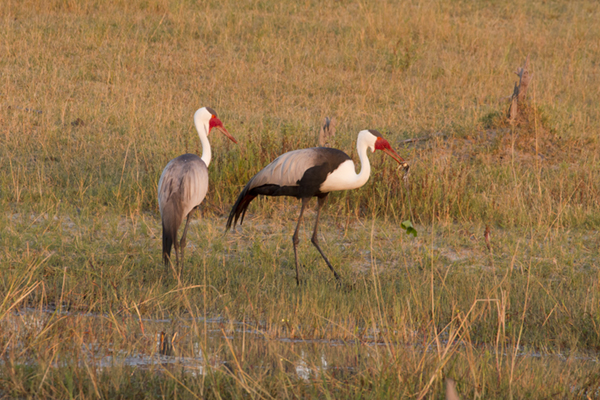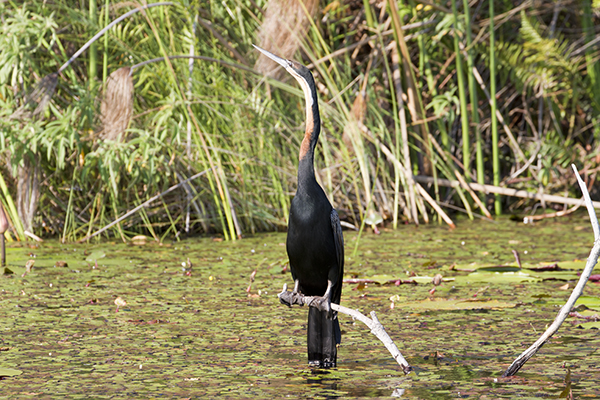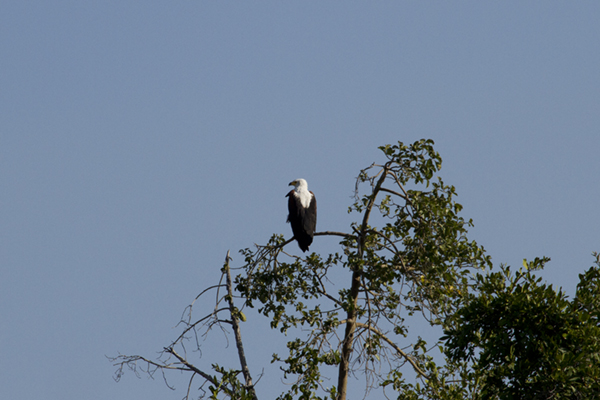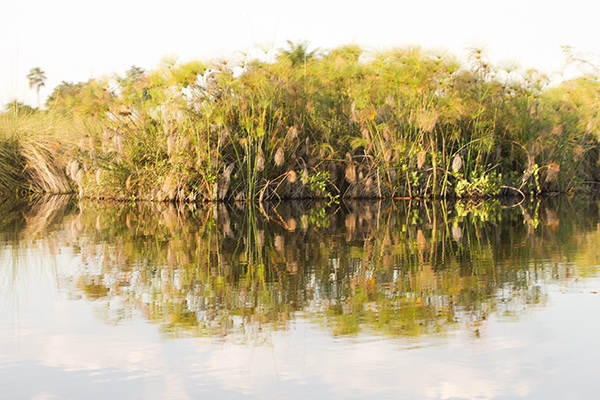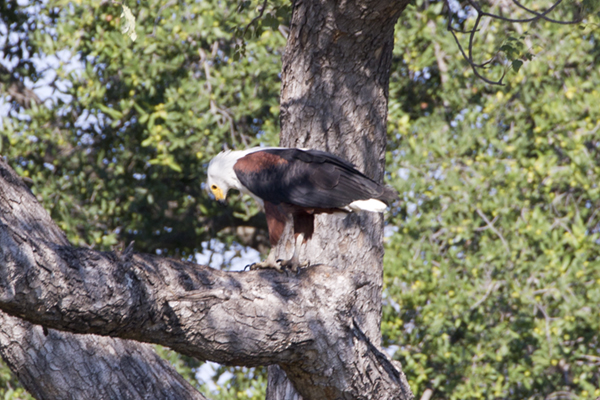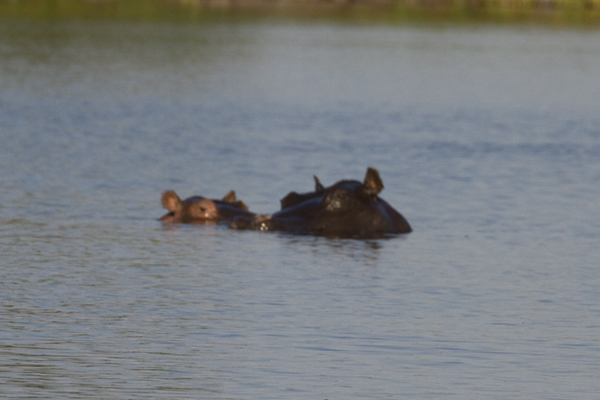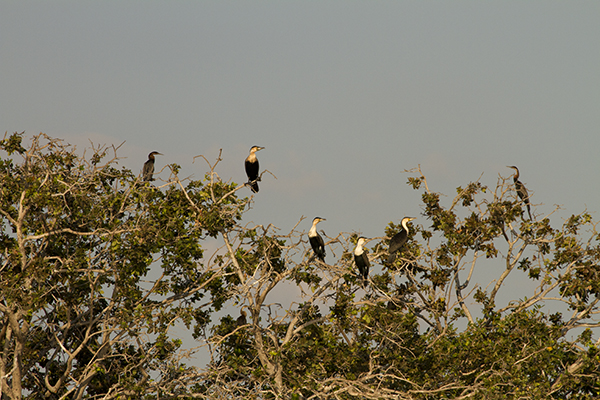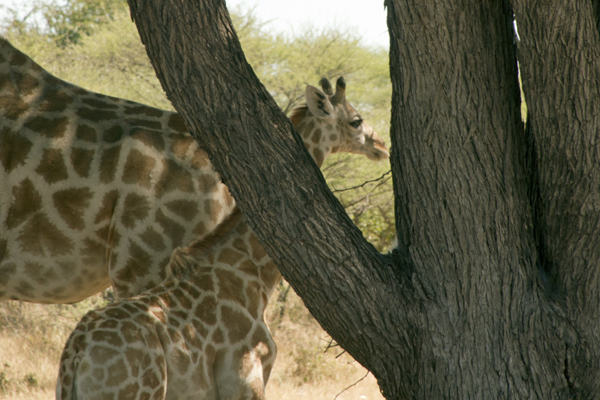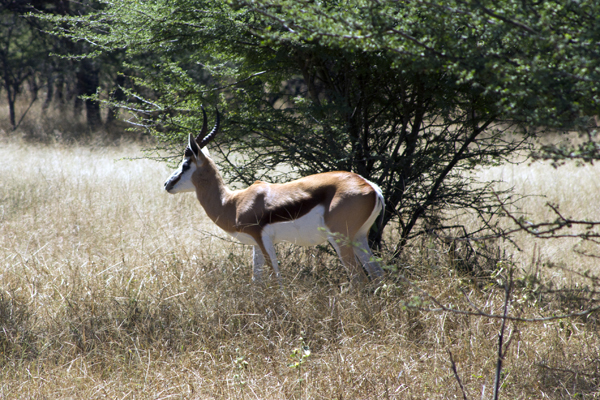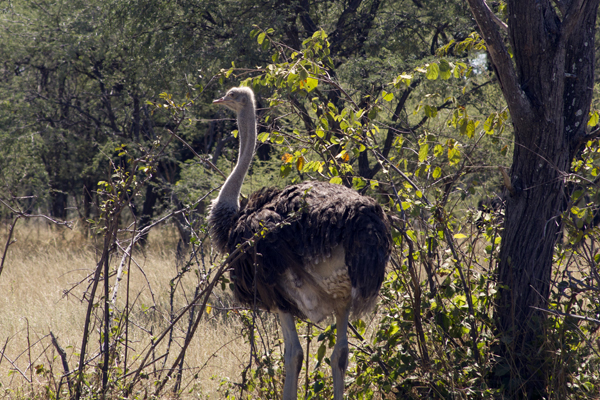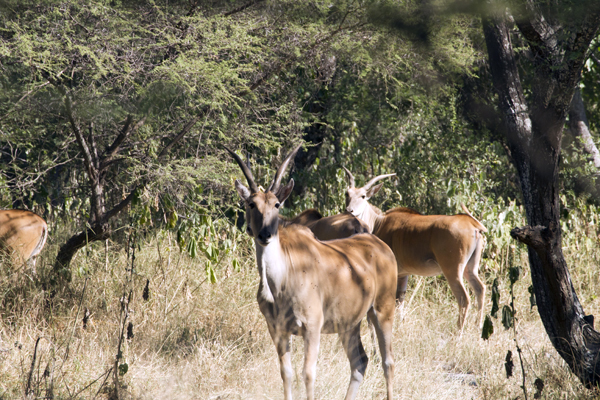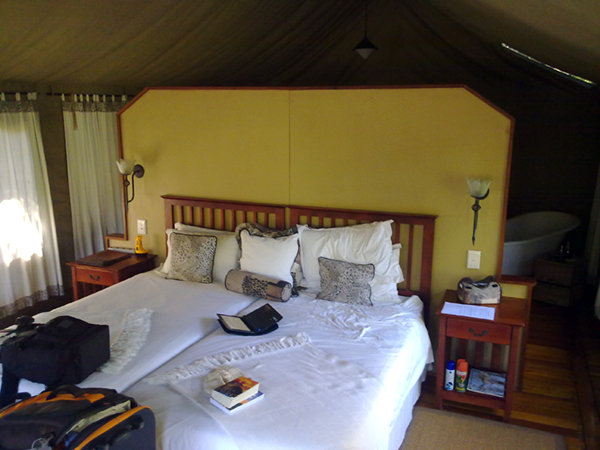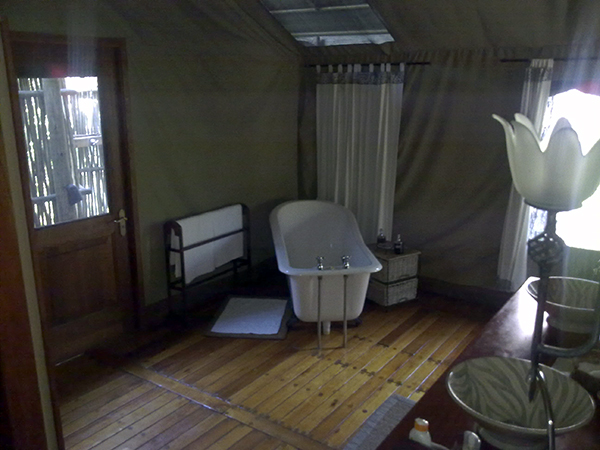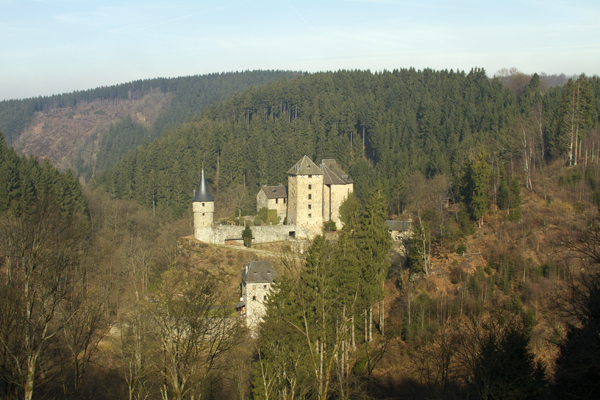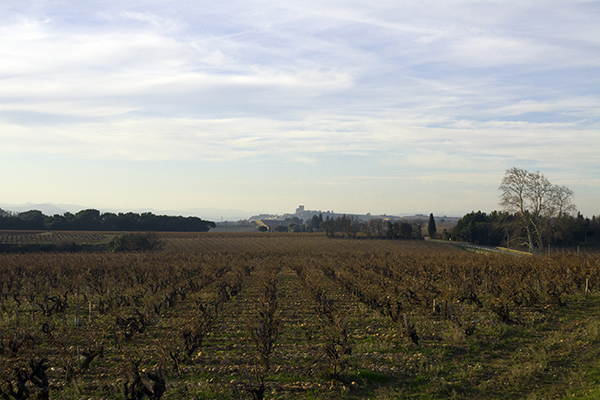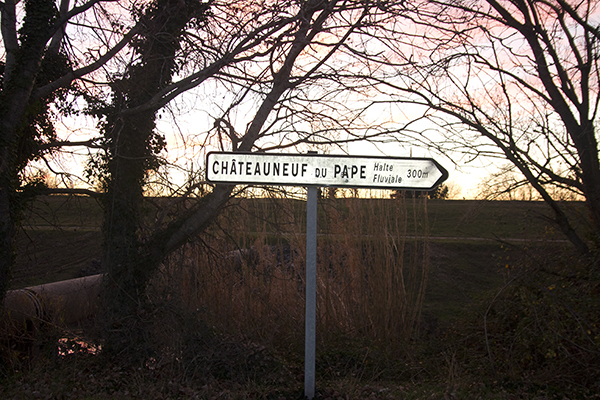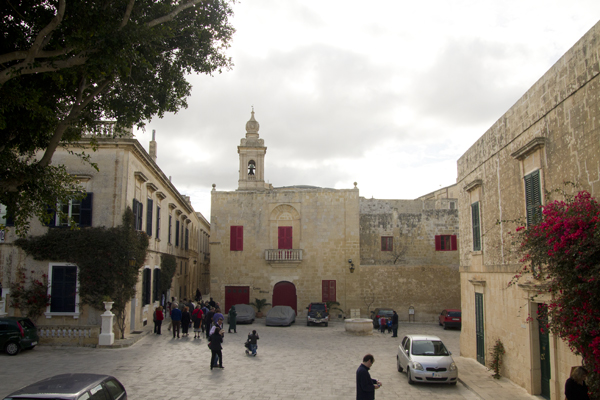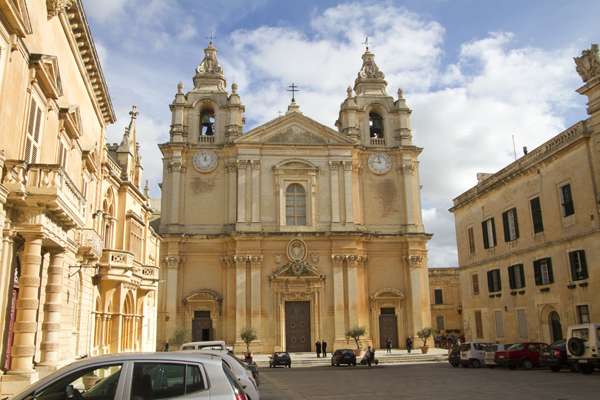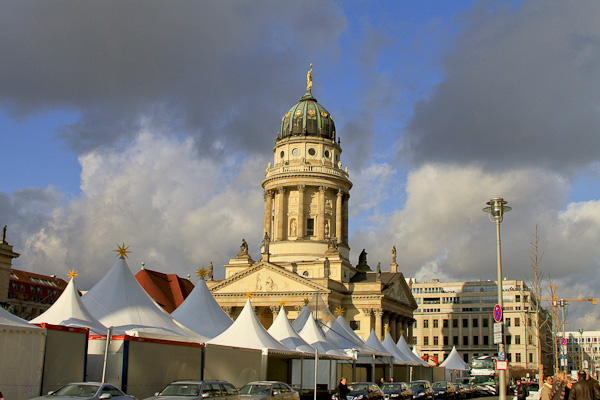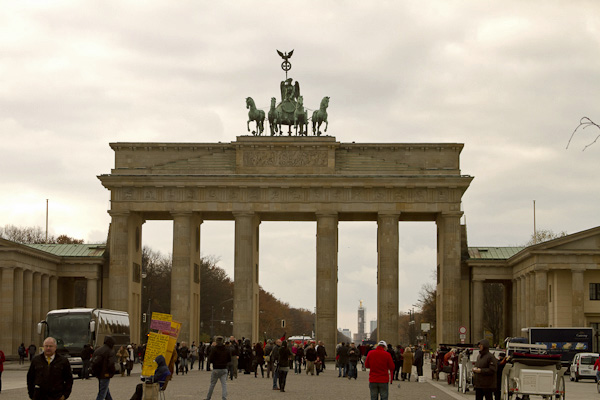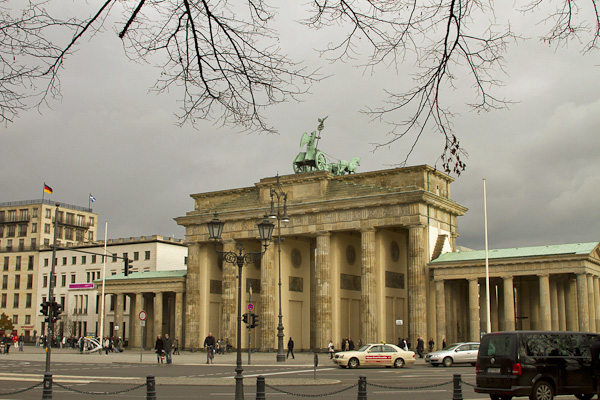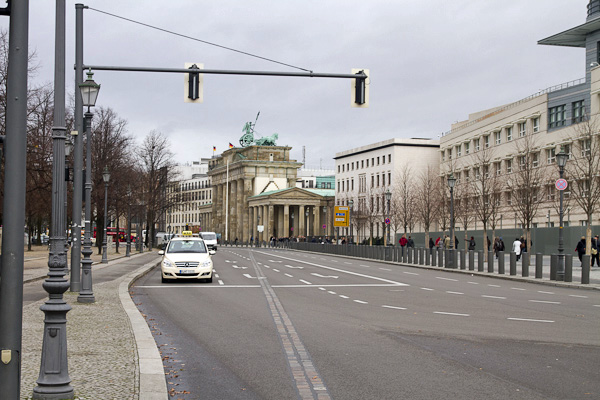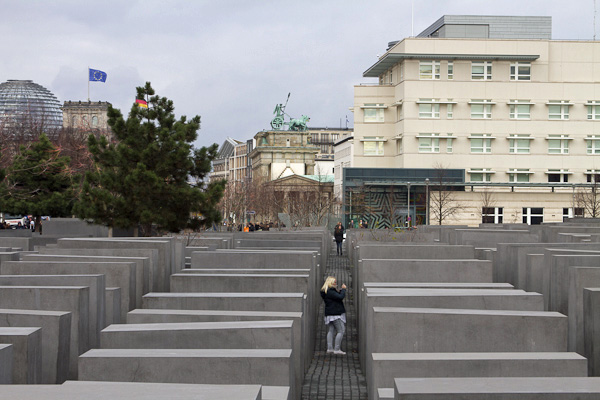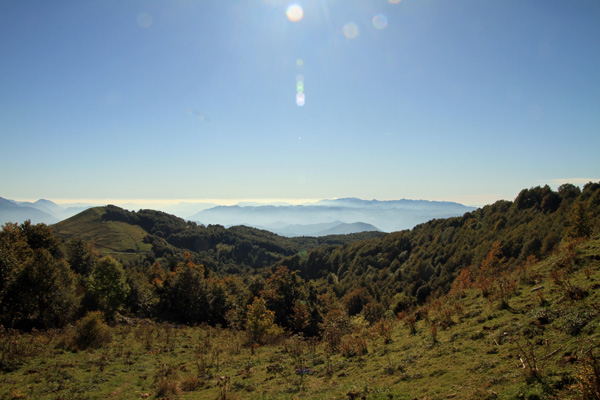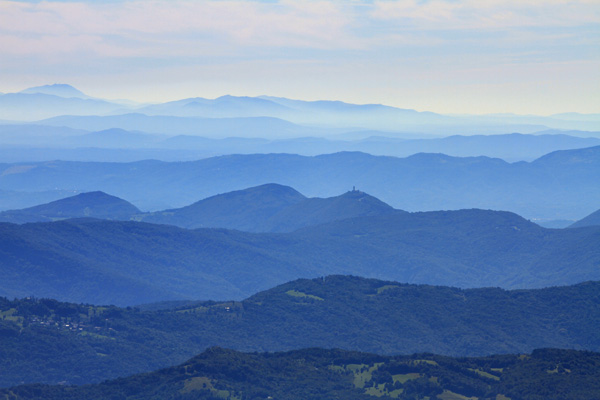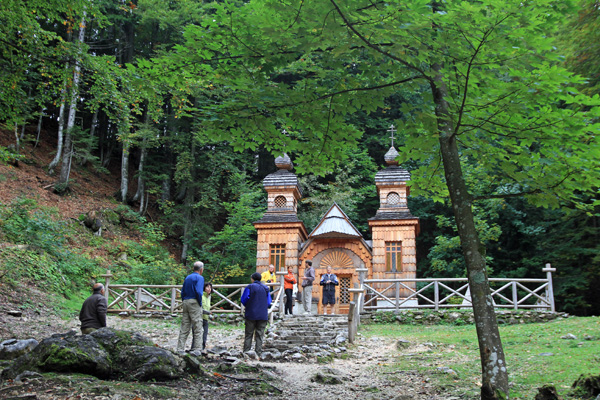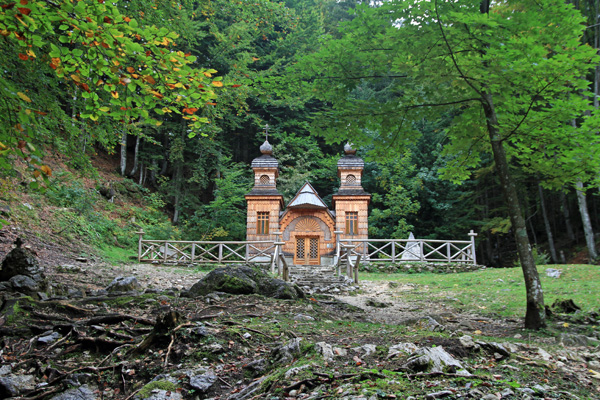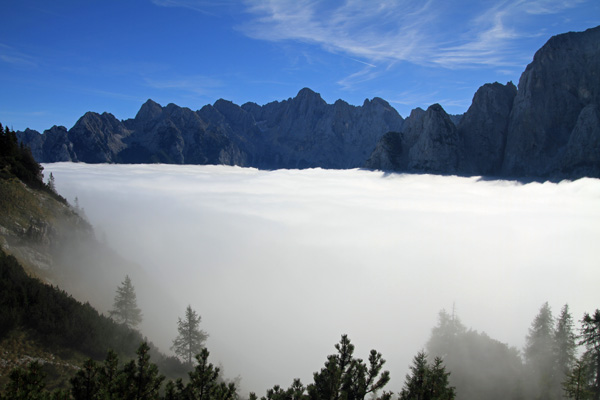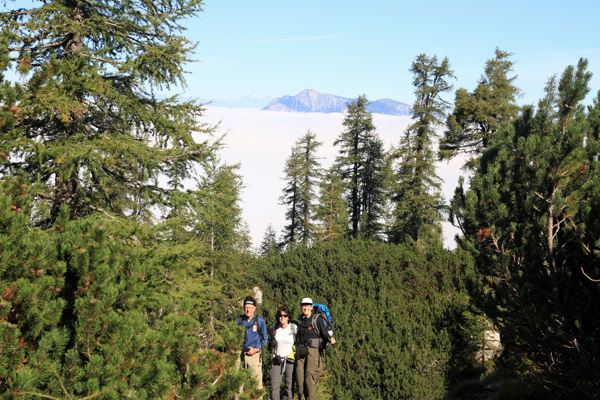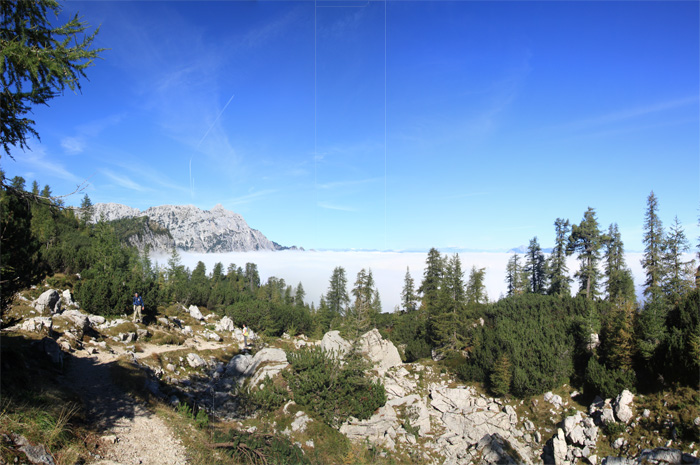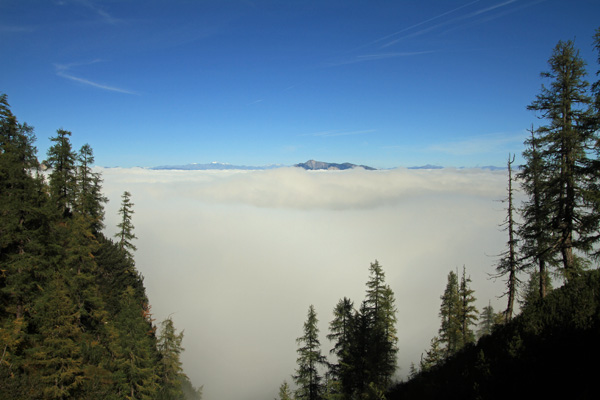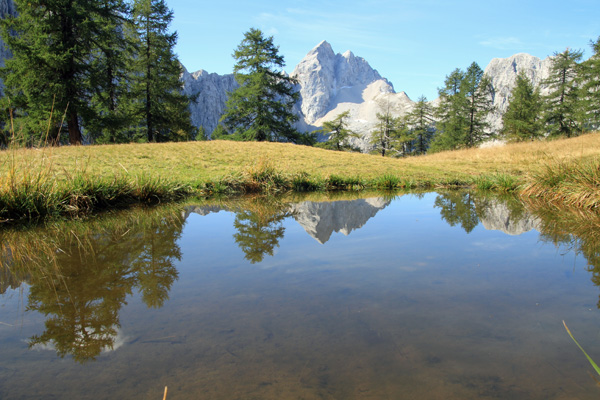On the second day of the new year (Sunday), I decided to go visit Valletta. It is now the capital of the island, but it is a relatively recent city. Indeed it was founded after the great siege of 1565 when Malta protected the rest of Europe from the invading Turks. REALLY! The siege lasted close to five months during which 700 knights and 8,000 ‘irregulars and mercenaries’ held of an invading force of more than 80,000 men. Relief finally came on 7 September and by 8 September, the Turks left defeated – 8 September is now the “National Day” of Malta. It took years after that before the Turks attempted another attack in Europe.
The Grand Master of the Knights of Malta at the time was called Jean Parisot de la Vallette. The new city of La Vallette was founded in 1568 at the time of his death, but in honor of his life.
I was welcomed into Valletta (as it is known in English) by an musical and flag waving escort. I wonder how they knew I was coming?
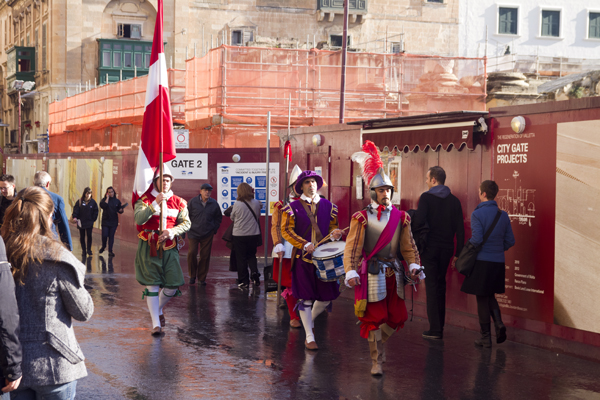
I had read in the plane flying to Malta that there was an exhibit ‘Creches’ (Nativity Scenes) at the Auberge d’Italie. I need to provide a little more history here …
The Knights of Malta were divided into eight ‘Langues’, for the eight nationalities that it included: Italy, France, Provence, Auvergne, Castile, Aragon, Germany and England. Each lived in its own ‘Auberge’; and these have been preserved in Valletta.
I have also discovered that Nativity Scenes are very elaborate in Malta and a very old tradition. The oldest Creche is in Mdina – unfortunately, I realised this AFTER I had visited the city, so no pictures.
However, I saw very nice modern creches at the Auberge d’Italie – this one is relatively small – in total less than 1 m tall
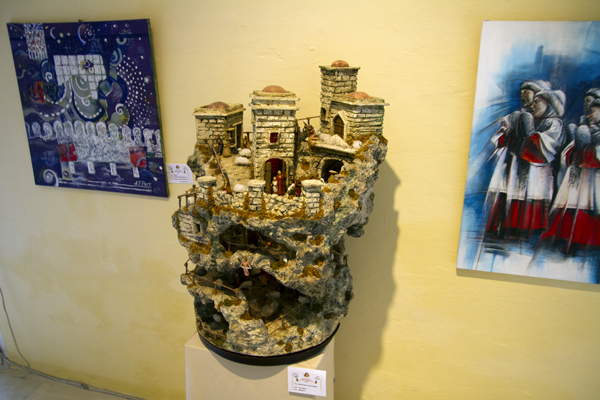
Whereas others were much larger and complex
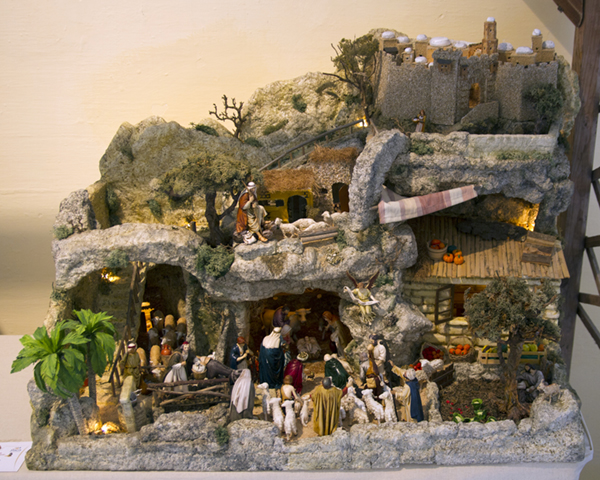
I had already seen a beautiful Creche in the main church in Paola – the one with the silver domes – I skipped that photo until I could talk more on the subject.
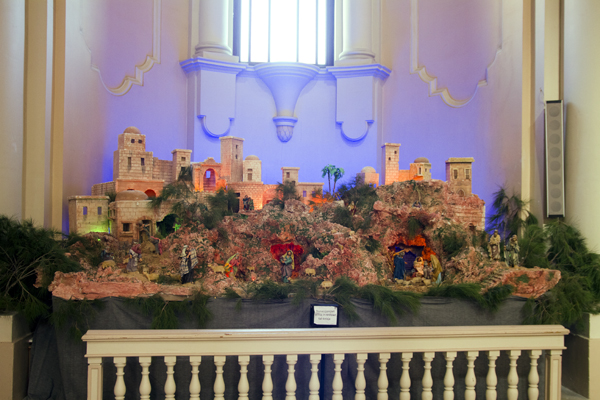
The best Creche, for me, was at the Auberge de Castille – a life-size display that occupied the second floor and the grand staircase to reach it. Josef, Mary and Baby Jesus …
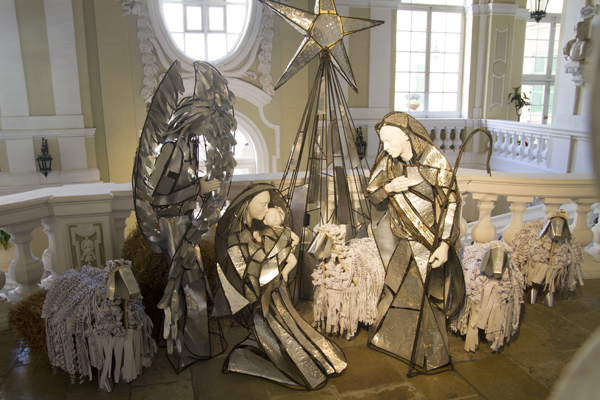
The sheep and real bales of hay…
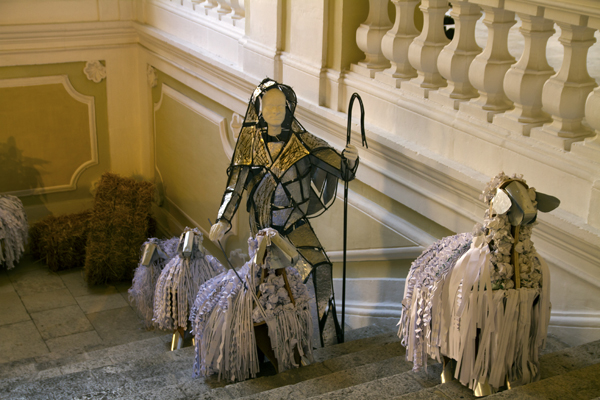
and, of course, the three wise men…
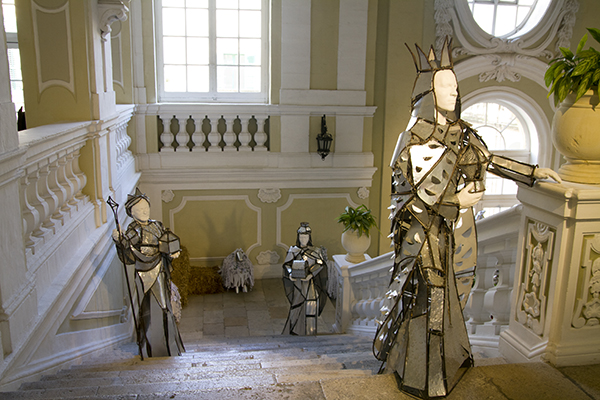
I drifted towards the harbor and decided to go take a look at it from above at the St’s Peter and Paul Bastion and the Upper Barrakka Gardens. This is also the place for the ‘Saluting Battery’, a set of cannons used to salute visiting ships, but also used for the ‘Noon Day Gun’, a tradition in the British Navy used mainly to make sure that chronometers on board ships (used for navigation) were accurate before they set off to sea.
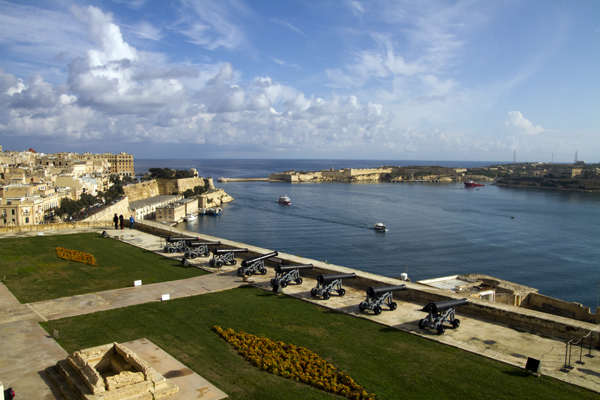
Continue reading “Malta – Part 2” →
(2005 Page Views)


